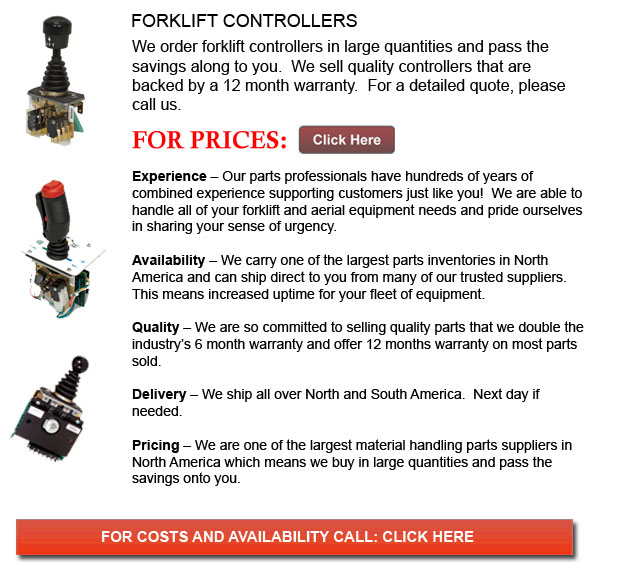
Controllers for Forklift - Lift trucks are accessible in many other units which have various load capacities. Most average lift trucks used in warehouse settings have load capacities of 1-5 tons. Larger scale models are utilized for heavier loads, like for example loading shipping containers, could have up to fifty tons lift capacity.
The operator could utilize a control to raise and lower the tines, that are likewise called "tines or forks." The operator can even tilt the mast so as to compensate for a heavy load's propensity to tilt the tines downward to the ground. Tilt provides an ability to operate on uneven ground too. There are yearly competitions meant for experienced forklift operators to compete in timed challenges and obstacle courses at regional lift truck rodeo events.
Forklifts are safety rated for cargo at a particular limit weight as well as a specified forward center of gravity. This vital info is supplied by the manufacturer and situated on a nameplate. It is important cargo do not go beyond these specifications. It is unlawful in many jurisdictions to tamper with or take out the nameplate without getting consent from the lift truck manufacturer.
Nearly all forklifts have rear-wheel steering to be able to improve maneuverability. This is particularly effective within confined spaces and tight cornering areas. This particular kind of steering differs quite a bit from a driver's initial experience along with various vehicles. Since there is no caster action while steering, it is no required to utilize steering force to be able to maintain a continuous rate of turn.
One more unique characteristic common with forklift use is instability. A constant change in center of gravity occurs between the load and the forklift and they have to be considered a unit during utilization. A lift truck with a raised load has centrifugal and gravitational forces which could converge to result in a disastrous tipping accident. In order to prevent this possibility, a lift truck must never negotiate a turn at speed with its load elevated.
Forklifts are carefully built with a specific load limit utilized for the tines with the limit decreasing with undercutting of the load. This means that the cargo does not butt against the fork "L" and would lower with the elevation of the fork. Generally, a loading plate to consult for loading reference is placed on the lift truck. It is dangerous to make use of a forklift as a worker lift without first fitting it with specific safety equipment like for example a "cherry picker" or "cage."
Lift truck utilize in distribution centers and warehouses
Lift trucks are an important component of warehouses and distribution centers. It is vital that the work situation they are positioned in is designed in order to accommodate their efficient and safe movement. With Drive-In/Drive-Thru Racking, a forklift needs to travel within a storage bay that is several pallet positions deep to put down or get a pallet. Operators are often guided into the bay through rails on the floor and the pallet is positioned on cantilevered arms or rails. These tight manoeuvres need skilled operators to carry out the job efficiently and safely. Since each pallet needs the truck to go into the storage structure, damage done here is more common than with different kinds of storage. If designing a drive-in system, considering the size of the tine truck, along with overall width and mast width, should be well thought out so as to ensure all aspects of an effective and safe storage facility.
![]() Click to Download the pdf
Click to Download the pdf
Forklift Parts
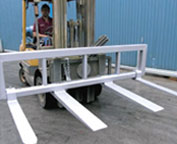
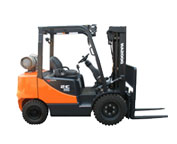
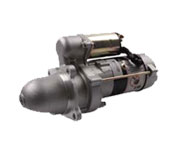
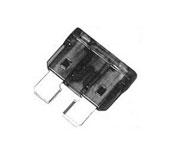
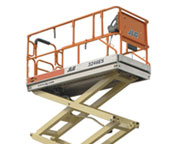
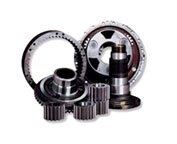
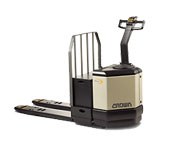
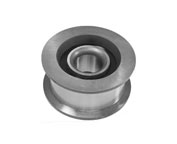
Lift Parts Express
TOLL FREE: 1-888-695-7994
LOCAL: 509-209-9708
1818 WEST FRANCIS AVE 198
Spokane, Washington
forkliftpartsspokane.com
Email Us
About Us


